| Beginnings: Early American Homes |
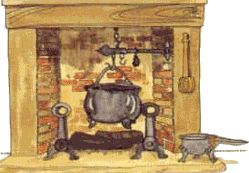

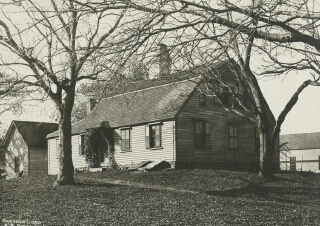
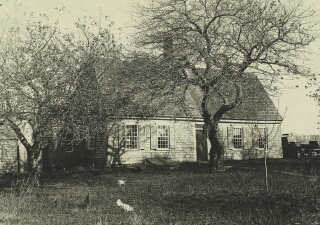
| Most of these homes were built in the mid-to-late 1600's and a few actually belonged to the Pilgrims or Merchant Adventurers. As you may know, the Adventurers, or "Strangers," as the Pilgrims called them, were a group on The Mayflower quite separate from the Pilgrims. The Pilgrims didn't have the wherewithal to finance the trip, so enlisted the help of people in London who were interested in settling the new world strictly as a financial investment. The two groups were very different in their habits and the differences made the long sea journey in close quarters somewhat uncomfortable for both groups. But they overcame their differences enough to form a strong bond once they arrived and started facing the hardships of life in New England. My ancestor, Edward Doty, was a young man who came to the new world as a servant/apprentice to Stephen Hopkins, one of the Adventurers. -- Nancy |
| I recently found the photos above, bearing the description: "Old Doten House, Plymouth, MA." The photos were taken in 1892, but didn't list the date of construction. Since Edward Doty's name was often listed as "Doten" in early records and the house is in Plymouth, it's likely that it once belonged to a member of his family. I don't know if it's still standing. John Alden's house survives in Duxbury, MA, and a part of the Myles Standish home was used to build a house for one of his sons. |
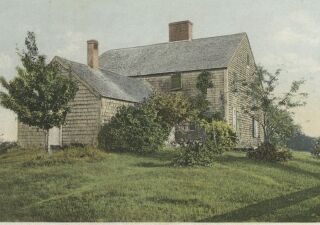
| Above and below, John Alden house, built 1653, Duxbury, MA; photo above, right, was taken in 1904; two below are photos of modern day Alden house interior. |
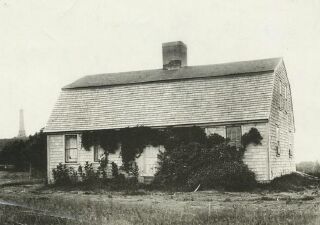
| Standish house, built mid-1600's, Duxbury, MA |
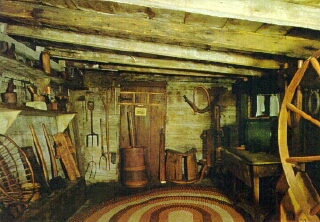
| Above, Fairebank house, built in 1636, Dedham, MA, oldest surviving timber frame house in America. |
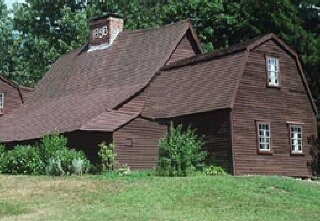
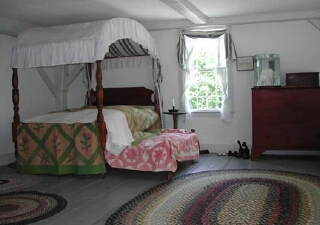
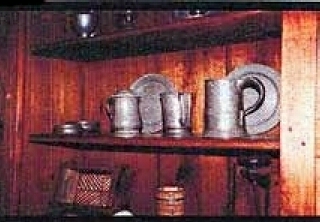
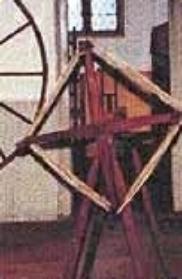
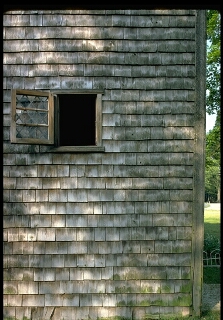
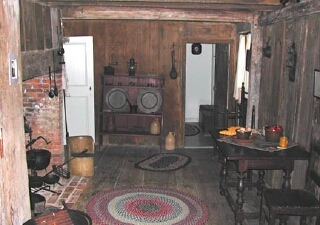
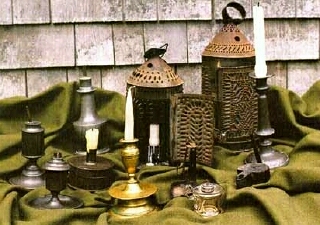
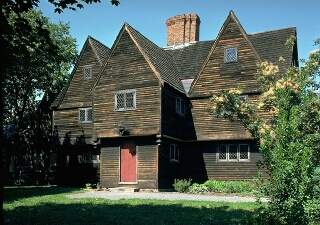
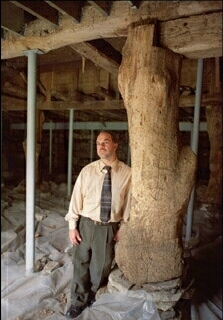
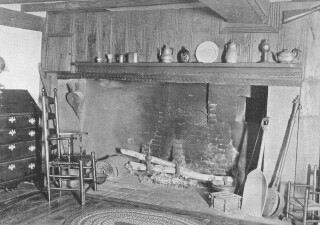
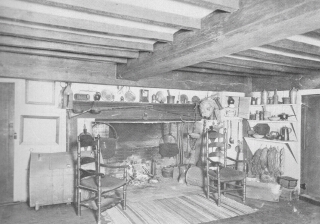
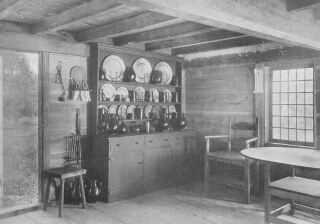
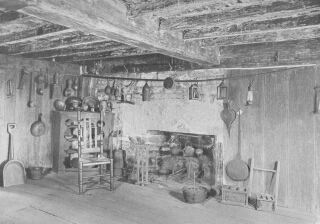
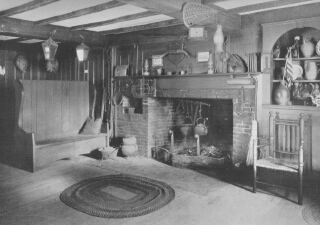
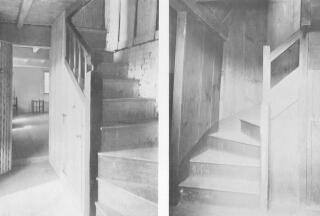
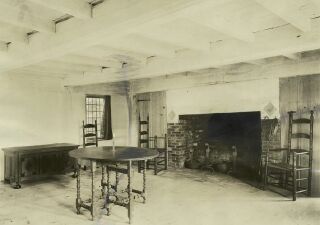
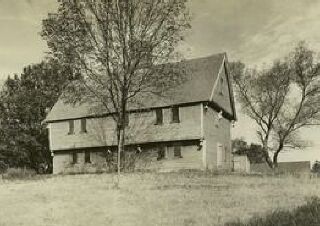
| Above and below: Parson Capen house, built in 1683, Topsfield, MA. |
| Above and right, items from Jabez Howland house, built in 1667, Plymouth, MA. Above, right: Old Plymouth tales tell of an ordinary up on Cole's Hill, where the gentlemen congregated in the evening and drank some brews. Story has it that, at the end of the evening, the barkeep would tally up the P's and Q's---or count the pints and quarts consumed. Above, left: The weasel would turn 40 times and then pop; after 7 pops, a skein of yarn would have been measured. Then the children would sing the song "Pop goes the weasel," as they worked the weasel. |
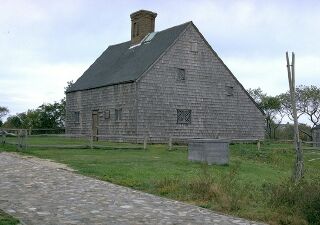
| Jethro Coffin house, 1686, oldest house in Nantucket, MA |
| Hoxie house, 1665, Sandwich, MA |
| Maj. Gen. Artemas Ward house, 1710, Shrewsbury, MA; barn, above, is 4 stories high and is supported by tree trunks |
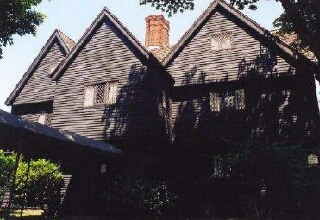
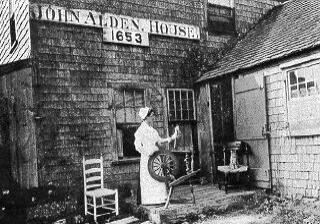
| House in Saugas, MA, built in 1680 |
| Captain Lee house, mid-1600's, East Lyme, Connecticut |
| House in Sudbury, MA, mid-1600's |
| Whipple house, late 1600's, Ipswich, MA |
| Judge Jonathan Corwin house, 1675, Salem, MA; home of judge who presided over the Salem Witch Trials of 1692 |

.
| The link to this page is: http://www.thepastwhispers.com/Beginnings.html Whispers - Home Old New Orleans Friday's Journal |